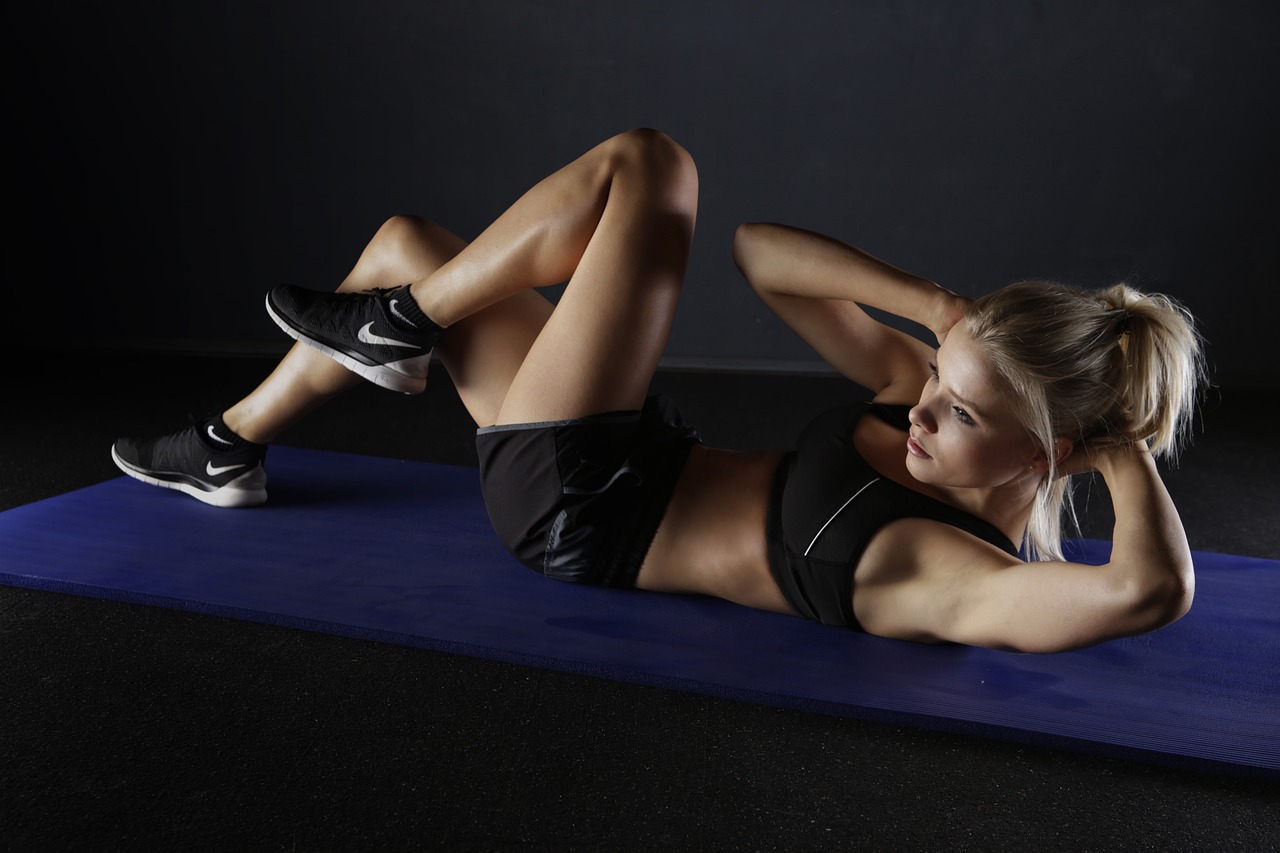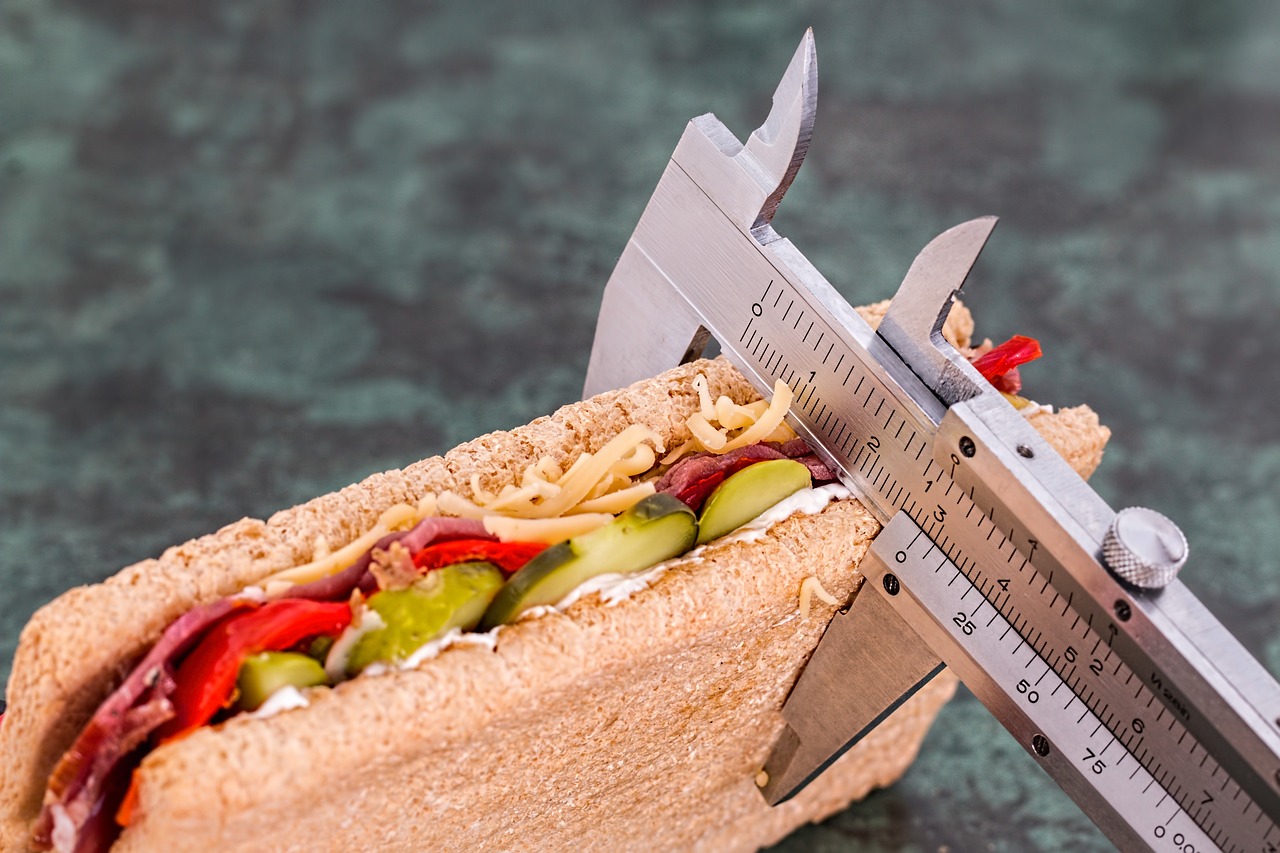Are you overwhelmed by the plethora of fitness classes available and unsure of which one to choose? Look no further! This article is here to guide you on how to select the perfect fitness class that suits your needs and preferences. With our helpful tips and insights, you will be able to navigate through the numerous options and find the class that will keep you motivated, engaged, and help you achieve your fitness goals. Say goodbye to confusion and step towards a healthier and fitter you!
Understanding Your Fitness Goals
When it comes to choosing the right fitness class for you, it’s essential to start by understanding your fitness goals. What is it that you want to achieve? Are you looking to lose weight, build muscle, improve flexibility, or increase endurance? Defining your fitness goals will help guide you in finding the right class that aligns with your objectives.
Setting realistic goals is important to ensure that you stay motivated and committed to your fitness journey. While it’s great to have big aspirations, it’s crucial to break them down into smaller, achievable targets. This way, you can track your progress and celebrate your accomplishments along the way. Remember, Rome wasn’t built in a day, and the same goes for your fitness goals. Taking it one step at a time will make your fitness journey much more enjoyable and sustainable.
There are various types of fitness goals that you can consider. For instance, if you want to improve cardiovascular fitness, you might opt for classes such as spinning or cardio kickboxing. On the other hand, if you’re looking to tone and strengthen your muscles, you may lean towards classes like weightlifting or Pilates. Understanding the specific types of fitness goals available will help you choose a class that targets the areas you want to work on the most.
Assessing Your Current Fitness Level
Knowing your current fitness level is crucial in selecting the right fitness class for you. It allows you to gauge your starting point and choose a class that aligns with your abilities. Assessing your fitness level involves evaluating factors such as cardiovascular endurance, muscular strength, flexibility, and body composition.
To determine your fitness level, you can start by performing basic exercises and recording your results. For example, you could time yourself in a one-mile run, count the number of push-ups or sit-ups you can do in a minute, or measure your body mass index (BMI). These assessments provide a snapshot of your current fitness level and can help you make informed decisions when selecting a fitness class.
Keep in mind that fitness levels vary from person to person. There are different classifications such as beginner, intermediate, and advanced. Understanding these different fitness levels is key to choosing a class that is challenging enough to push you but not overwhelming. Starting at a level appropriate for your current fitness abilities will help prevent injury and ensure a positive experience.

This image is property of pixabay.com.
Research Different Types of Fitness Classes
Once you’ve defined your fitness goals and assessed your current fitness level, it’s time to research different types of fitness classes. There’s a vast array of options available, each with its own unique benefits and focuses. By familiarizing yourself with the different classes, you can make an informed decision that suits your preferences and goals.
Some common types of fitness classes include cardio-based classes like Zumba or cycling, strength-focused classes like weightlifting or body pump, flexibility-enhancing classes like yoga or Pilates, and high-intensity interval training (HIIT) classes. Each class offers a distinct set of benefits, so it’s worth considering what aspects of fitness are most important to you.
Comparing the intensity and difficulty levels of different classes is also essential. Some classes may be more suitable for beginners or individuals looking for low-impact workouts, while others may be geared towards advanced participants seeking a more intense challenge. Understanding these differences will help you choose a class that matches your fitness level and aligns with your personal preferences.
Consider Class Size and Availability
When choosing a fitness class, considering the size of the class and its availability is crucial. Class size can greatly impact your experience, so it’s important to think about what environment you thrive in. For some individuals, larger classes provide a sense of energy and motivation, while others may prefer smaller, more intimate settings for personalized attention.
Both big and small classes have their pros and cons. In larger classes, you may benefit from the energy and camaraderie of exercising with a larger group. These classes often provide a lively atmosphere, making it easier to stay motivated throughout the session. However, smaller classes may offer more individualized attention from the instructor, allowing for personalized modifications and guidance.
Checking the class schedule and availability is also important to ensure that the class fits well within your lifestyle and commitments. Consider whether the class is offered at convenient times that align with your schedule. If it’s available during periods when you can consistently attend, it increases the likelihood of making fitness a regular part of your routine.

This image is property of pixabay.com.
Instructor Style and Qualifications
The quality of the fitness instructor can greatly impact your experience and progress in a fitness class. A good fitness instructor should be knowledgeable, motivating, and capable of creating a safe and inclusive environment for all participants. When choosing a fitness class, it’s essential to consider the style and qualifications of the instructor.
Checking the qualifications of the instructor is important to ensure that they have the necessary certifications and expertise to guide you through the class effectively. Certifications such as ACE (American Council on Exercise), NASM (National Academy of Sports Medicine), or AFAA (Athletics and Fitness Association of America) indicate that the instructor has undergone specialized training and education in fitness instruction.
Understanding different teaching styles is also relevant when choosing a fitness class. Some instructors may adopt a more hands-on approach, offering individual corrections and modifications to enhance your form and technique. Others may focus on creating a fun and energetic atmosphere, incorporating music and group activities. Consider what teaching style resonates with you and aligns with your learning preferences.
Equipment and Facility Considerations
Different fitness classes require varying equipment, so it’s important to understand what equipment is used in each class. For instance, weightlifting classes may require barbells, dumbbells, or resistance bands, while yoga classes may only require a yoga mat. By understanding the equipment needed, you can ensure that the class is suitable for your preferences and comfort level.
In addition to equipment, the cleanliness and condition of the facility should be considered. A clean and well-maintained facility is not only more pleasant to exercise in but also reflects the professionalism and attention to detail of the fitness establishment. When visiting a potential fitness facility, take note of factors such as cleanliness, equipment maintenance, and overall ambiance to ensure a positive and enjoyable experience.
If you have any special equipment or facility needs, it’s important to consider those as well. For example, if you have joint issues, you may want to choose a fitness class that provides low-impact options or offers modifications for certain exercises. Communicating your special needs to the instructor or facility beforehand can help ensure that you have a safe and comfortable experience.

This image is property of pixabay.com.
Check Reviews and Testimonials
To gain insights into the experiences of others, checking reviews and testimonials can be beneficial when choosing a fitness class. Reviews, found on platforms such as websites or social media pages, often provide valuable information about the class, instructor, facility, and overall experience. Reading through these reviews can give you a better understanding of what to expect.
When looking at reviews, pay attention to specific aspects that are important to you. Whether you’re interested in the atmosphere, instructor’s teaching style, or the effectiveness of the workout, reviews can shed light on various aspects that may influence your decision. However, keep in mind that everyone’s experiences may vary, so it’s important to use reviews as a general guideline, rather than the sole basis for your decision.
Understanding the value of user experiences is essential. Reviews and testimonials not only give you an idea of what to expect but also provide valuable insights and perspectives. They can help you gauge whether a fitness class is the right fit for your fitness goals, preferences, and comfort level.
Consider Your Personal Lifestyle and Schedule
Your personal lifestyle and schedule play a significant role in choosing the right fitness class for you. Consider how your lifestyle can influence your class choice. For example, if you have a busy work schedule or family obligations, you may want to opt for classes that are offered at various times throughout the day, such as early morning or evening classes.
Finding a balance between fitness classes and other responsibilities is crucial for long-term success. It’s important to choose a class that you can regularly attend without feeling overwhelmed or neglecting other areas of your life. By considering your lifestyle and schedule, you can select a class that fits seamlessly into your routine and allows you to sustain a consistent fitness practice.
Think about whether you are a morning person or prefer evening workouts. Choosing a class that aligns with your daily energy levels can enhance your overall experience and help you stay motivated. If you’re not a morning person, for example, attending early morning classes may not be the most suitable option for you.

Seek Professional Guidance
If you’re unsure about which fitness class is best suited for you, seeking professional guidance can be immensely helpful. Fitness professionals, such as personal trainers or fitness consultants, have the expertise to provide tailored advice based on your goals, fitness level, and preferences.
Fitness assessments and consultations are valuable tools that professionals use to gather information about your current fitness level, goals, and limitations. These assessments can provide a more accurate understanding of what type of fitness class would be most beneficial for you. By working with a professional, you can receive personalized recommendations and guidance that can optimize your fitness journey.
Trial Classes and First Impressions
Before committing to a specific fitness class, it’s important to try it out first. Participating in trial classes can give you a firsthand experience of what to expect and help you evaluate whether the class is the right fit for you.
During your first class, pay attention to various aspects such as the instructor’s teaching style, the class atmosphere, and the overall experience. Is the instructor knowledgeable and supportive? Is the class environment welcoming and inclusive? Evaluating these factors will help you determine if the class aligns with your preferences and goals.
Additionally, take time to evaluate your overall experience after the trial class. Did you enjoy the workout? Did you feel challenged but not overwhelmed? Did you leave the class feeling energized and motivated? These reflections will guide you in making a decision that feels right for you.
Choosing the right fitness class for you involves understanding your fitness goals, assessing your current fitness level, researching different types of classes, considering class size and availability, evaluating instructor style and qualifications, assessing equipment and facility considerations, checking reviews and testimonials, considering your personal lifestyle and schedule, seeking professional guidance, and trying out trial classes. By following these steps and listening to your own intuition, you’ll be on your way to finding a fitness class that suits you perfectly. So go ahead, lace up your sneakers, and embark on a fitness journey tailored just for you!


